Weed plant leaves provide a living reflection of the health and genetic lineage of the plant. Understanding their shape, function, and what visual signs they exhibit is key to any dedicated grower. Whether distinguishing between sativa and indica or recognizing early indications of nutrient deficiencies and environmental stress, marijuana leaf identification is the most important aspect of successful cultivation. This extended guide provides extensive information on leaf structure, types of marijuana’s leaves, growth phases, issues, and solutions based on hands-on experience and horticultural science.
Cannabis Leaf Types: Indica, Sativa, and Hybrid Characteristics
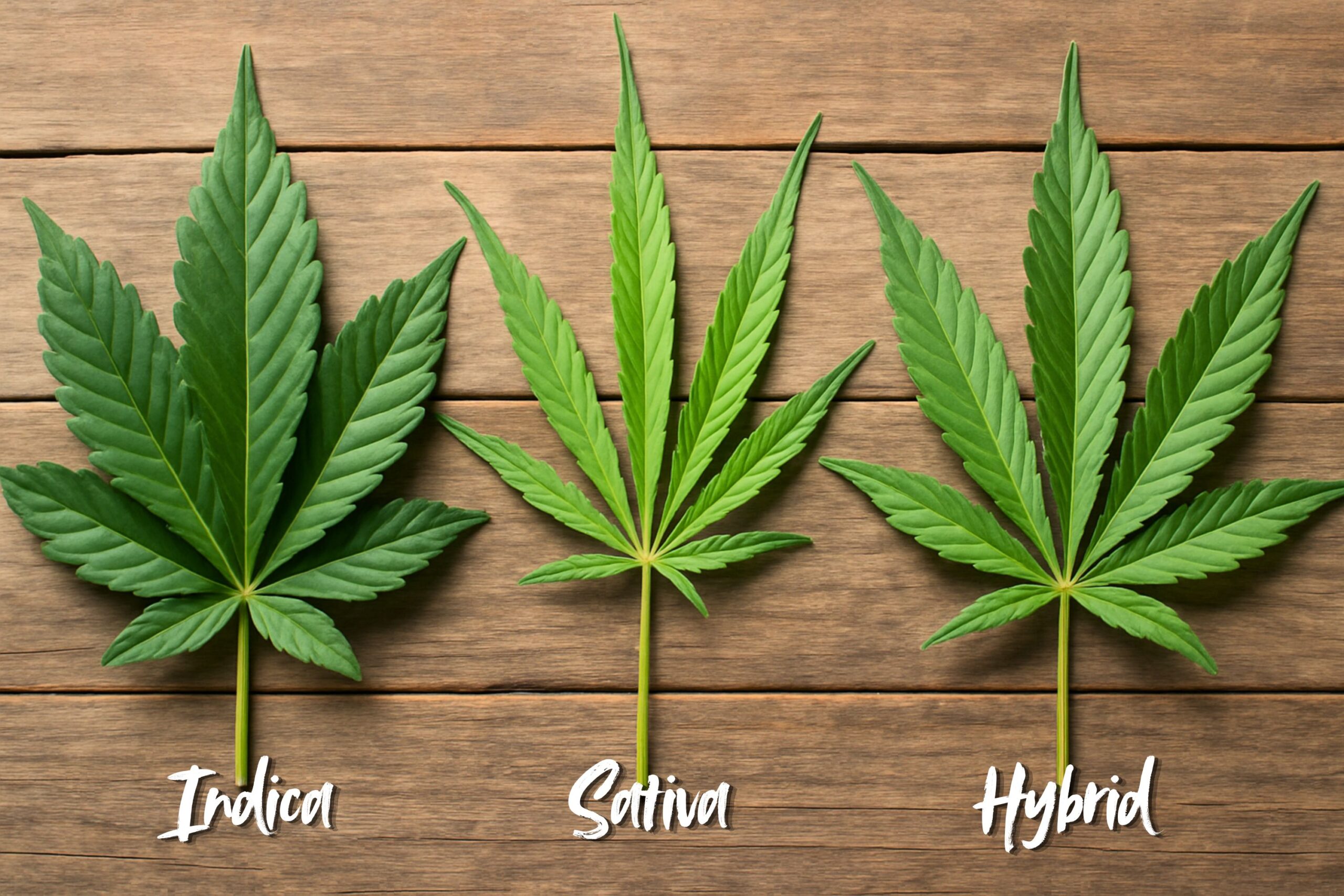
Leaves on marijuana plants act as a visual cue to the plant’s genetics. The leaf morphology indicates whether a plant has a greater tendency toward an indica, sativa, or hybrid heritage.
Indica Leaf Characteristics
Indica leaves are broad, wide, and dark green due to a higher concentration of chlorophyll. Indica strains typically have 7–9 leaflets on each fan leaf. Indica plants prefer cooler conditions, and the leaves reflect this by being stockier and more compact in shape to save water.
Sativa Leaf Characteristics
Sativa leaves are long and narrow and lighter green with 9–13 narrow leaflets. Sativa strains were developed in equatorial regions, and narrow leaves assist in higher transpiration and heat dissipation. Sativa leaves are often mistaken for undernourishment due to the lighter color but are a part of normal genetics.
Hybrid Leaf Variations
Hybrids acquire traits from the indica and sativa parents. Leaves vary in size, shape, and color even on a single plant. Although this variability complicates leaf diagnosis, its detection is crucial for effective treatment and identification.
Stages of Cannabis Growth and Corresponding Leaf Development
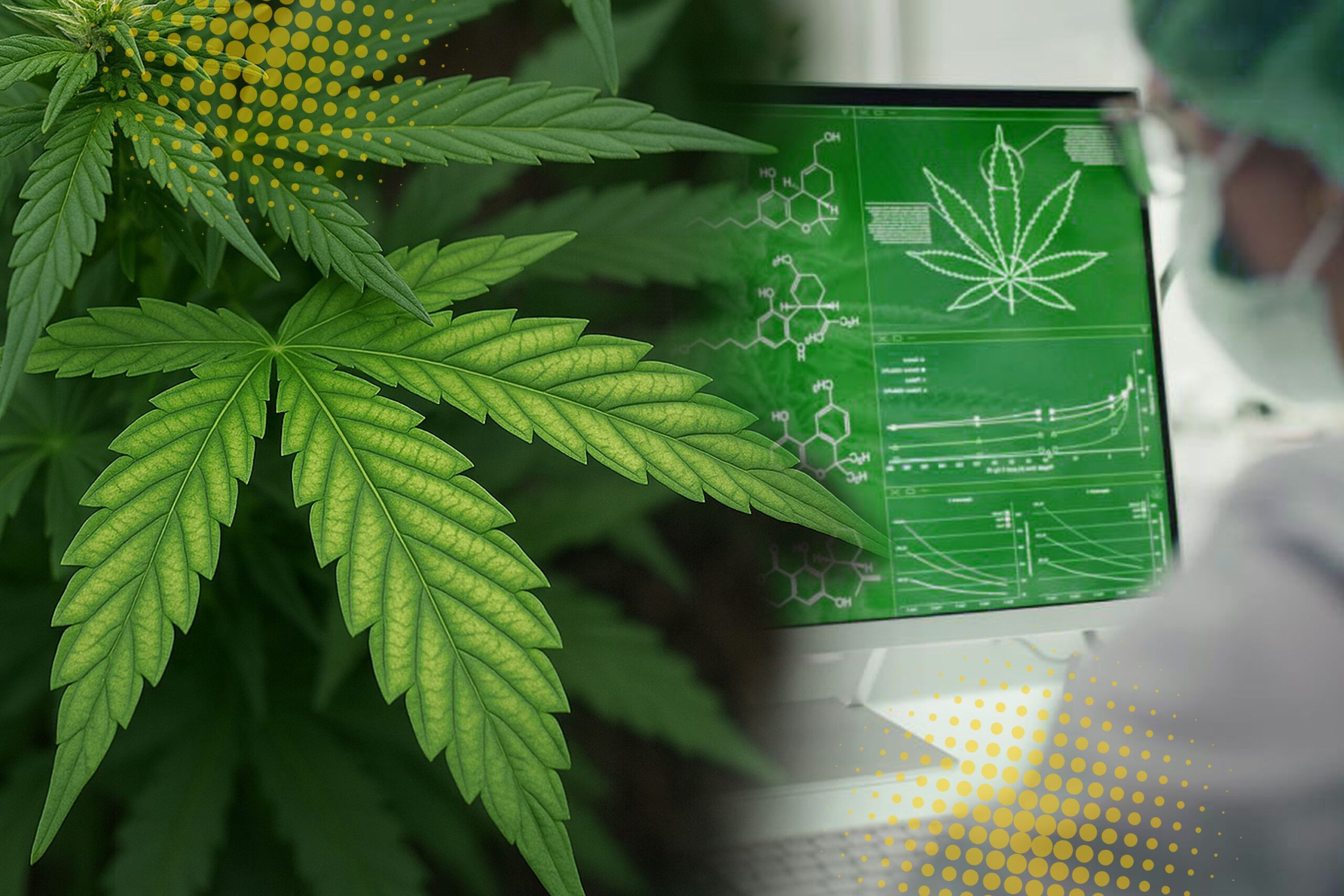
Cannabis plants form leaves that are quite differently shaped depending on their age and stage of growth. These changes are not cosmetic; they represent basic shifts in energy use and metabolic priority and can be used to alter care.
At the seedling stage, the cotyledons or seed leaves are the plant’s first leaves to emerge. They are rounded and smooth and contain the energy reserves necessary for early development. Despite not resembling mature marijuana leaves, they play a crucial role in the plant’s initial operations. Shortly, the plant develops single-blade true leaves that begin to look like adult cannabis leaves.
Once the plant enters the vegetative stage, leaves become more complex, bigger, and more numerous. Most active leaf growth is during this period, where plants have fan leaves consisting of some serrated leaflets, which can yield 5, 7, or 9 blades per leaf depending on genetics and health. Solar panels where fan leaves trap light and convert it to energy to produce roots, branches, and eventually flowers.
During flowering, cannabis leaf development is reduced, and the plant directs resources to bud development. While fan leaves still serve photosynthetic functions, sugar leaves—small leaves that grow within buds—are more apparent. Sugar leaves are typically covered with resinous trichomes and may have varied pigmentation or curling depending on nutrient stress and environmental conditions. Cultivators can determine the point of harvest, flush, or intervention based on these occurrences.
Common Issues with Cannabis Leaves and Visual Identification
Leaves begin to show signs of stress in certain, identifiable patterns when they start to do so. It is important to recognize these early warning signs in order to prevent small issues becoming big issues that impact final yields and bud quality.
Yellowing Leaves (Chlorosis)
While yellowing could be a normal process during late flowering as the energy is rerouted to the buds, earlier or severe chlorosis is most likely to show that nutrients are lacking, with nitrogen being primary. Yellowing position—whether lower or upper leaves—may also offer indicators of which specific nutrient is in short supply.
It’s also important to mention environmental stressors like improper pH levels, that will rule out nutrients even if present in the medium. Regular water and soil pH monitoring, as well as a balanced nutrition program, can avoid or correct this situation before it turns permanent.
Brown or Burned Leaf Tips
Leaf tip burn commonly occurs as the result of excessive nutrient overloading, especially under high-EC hydro or soil conditions. Tightly brown-tinged tips will have a minor impact on the plant, but continued increasing browning and curling indicate that roots are being damaged through salt buildup or out-of-proportion feeding.
A solution is to wash the growing medium in pH-balanced water to drive out excess nutrients. To take up with a light feeding regime permits the recovery of the plant but prevents tip burn in the future.
Leaf Curling (Tacoing or Clawing)
Leaf curling is usually an expression of stress, and the curl direction gives a clue to the underlying cause. Tacoing (upward curling) is generally caused by light or heat stress, while clawing (downward curling) is usually the result of nitrogen toxicity or root zone stress.
Overwatering also causes curling, starving the roots of oxygen. Simultaneous consideration of environmental conditions, root health, and nutrient status helps in pinpointing the actual cause and remedial action in a timely manner.
Purpling Leaves
While some strains are naturally purple due to the synthesis of anthocyanin, sudden purpling, especially of the fan leaves, generally indicates a deficiency of phosphorus. This occurs more frequently at reduced temperatures or with an overly acidic root zone.
To differentiate between genetic purpling and disease-causing purpling, consider the plant’s history, temperature range, and diet. Supplemental phosphorus and optimal soil temperatures can minimize unwanted purpling in early flower.
Marijuana Leaf Anatomy: Form and Function
The anatomy of every cannabis leaf is a marvel of plant design. Each section has a specific function in regulating growth, defending the plant, and contributing to resin. An understanding of this anatomy allows growers to diagnose issues more effectively and care for the plant better.
Leaf Blade
Photosynthesis primarily occurs in the lamina or blade. Chloroplasts fill it and serve to convert the light energy to energy that powers development. For optimal yields, strong blades are required because these create the sugars that facilitate the development of buds.
Blemishes in the form of thinning or spotting in the blade may also signal outside hazard in terms of infection or nutritional deficiency. Preservation of this area in terms of its being pest- and dust-free means photosynthetic efficacy remains uninhibited.
Petiole
The petiole connects each leaf blade to the plant stem and acts as a conduit for water and nutrients. A strong, thick petiole indicates efficient nutrient delivery and healthy plant status. Petioles may also exhibit early cannabis leaves symptoms of stress in the form of purpling or brittleness that typically accompany phosphorus deficiency or cold stress.
Stomata
These minute pores regulate CO2 uptake and water loss during the vapour phase. They are also sites of entry for foliar sprays, and thus timing and pH of such applications must be critical. Severe stress can disrupt stomatal functioning, resulting in decreased growth and increased susceptibility to disease.
Trichomes
While often associated with buds, trichomes can also occur on leaves, especially sugar leaves near flowers. Trichomes function as defense organs against insects and UV light while producing valuable secondary metabolites. Excessive shedding of leaf trichomes can be a sign of stress or handling damage.
Pruning and Defoliation: Controlled Leaf Removal
Pruning is not just for aesthetics—it’s a science-based technique for increasing light penetration, preventing disease, and moving plant energy. Cutting away leaves, when done properly, can significantly increase bud growth and air flow.
When to Defoliate
Defoliation is most effective during mid-vegetation and early flowering, when the plant is actively photosynthesizing and will bounce back quickly. Target fan leaves that are blocking bud locations or that are holding humidity in the middle of the canopy. Over-defoliation will shock the plant and reduce sugar production. The goal is to achieve some balance between exposure and energy conservation.
How to Defoliate Safely
Sterilize tools to prevent the spread of disease. Begin by taking out yellow or damaged leaves, followed by selective thinning of crowded or shade-making fan leaves. Monitor the plant for several days following defoliation to ensure no signs of stress are observed. For large grows, staggered defoliation method—leaves taken off in phases—reduces recovery time and minimizes plant shock. Each cultivar will respond differently, so pay attention.
Conclusion: Leaf Literacy Equals Cultivation Mastery
In cannabis cultivation, the leaves are a dynamic and visual dialogue with the cultivator. By becoming attuned to reading these signs, growers unlock the plant’s secrets and optimize every aspect of the grow cycle. From understanding genetic inclinations and environmental acclimation to detecting stressors and implementing fruitful interventions, marijuana leaf identification is not an art—it’s a discipline.
Farmers who stay vigilant, note-taking, and continually adapting their tactics based on leaf feedback position themselves for the best results. A healthy leaf today means a robust harvest tomorrow.





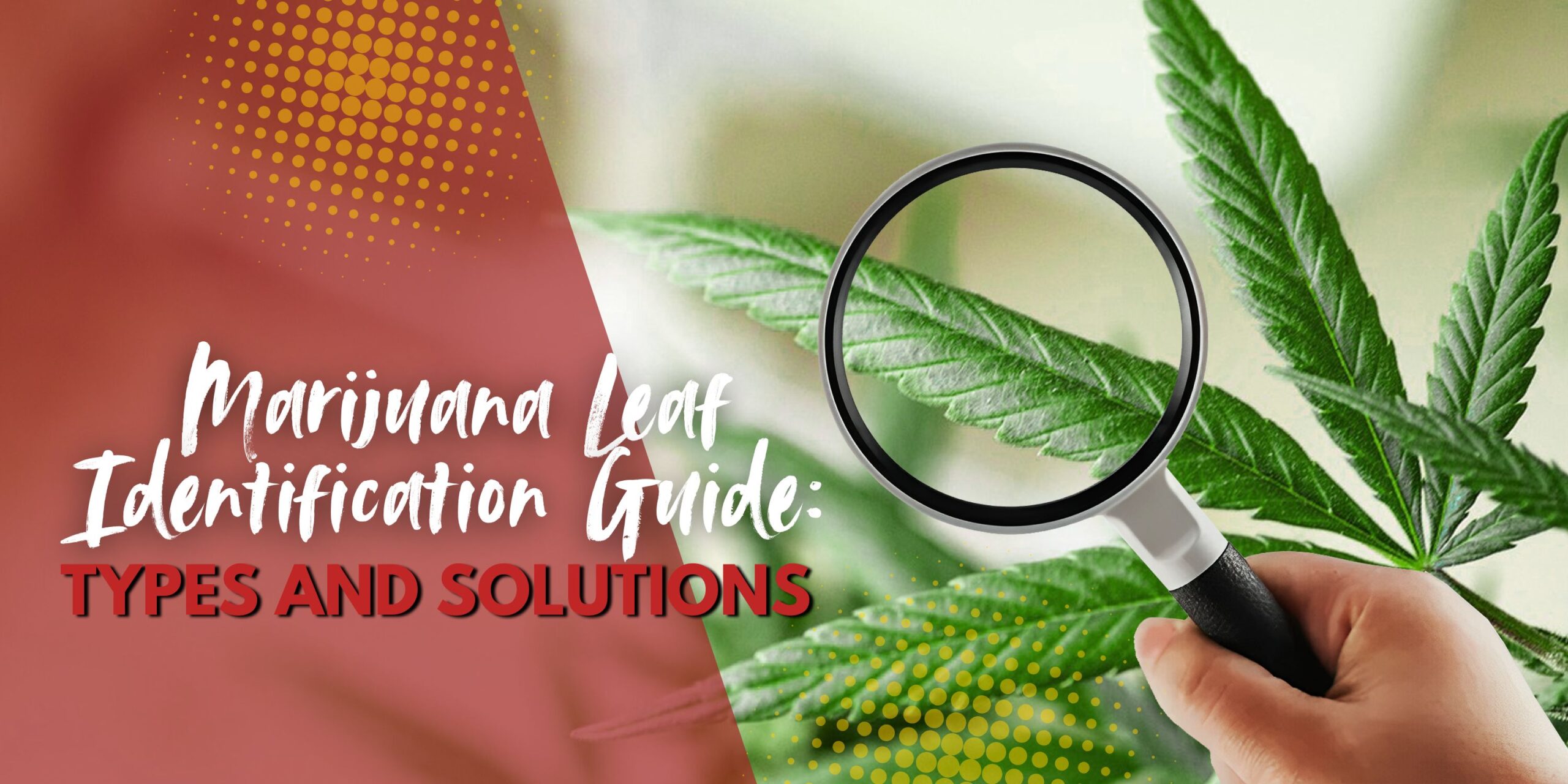
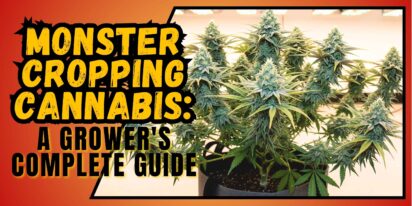
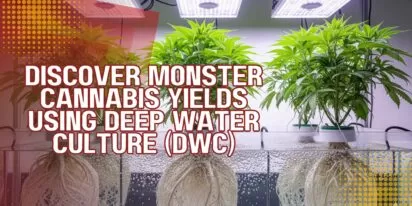



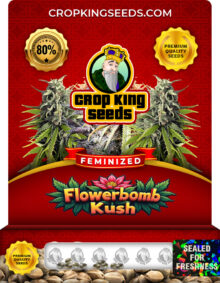
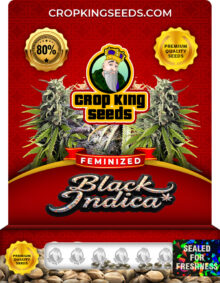
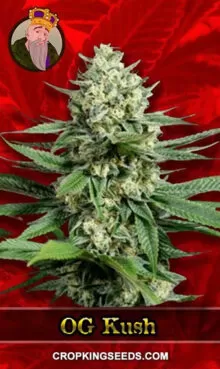
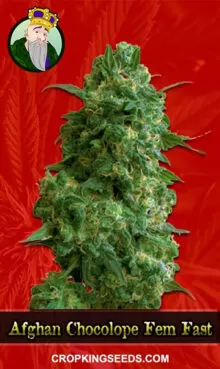
One Response
Absolutely composed content material, thankyou for information .